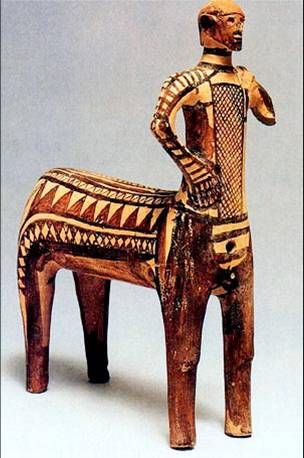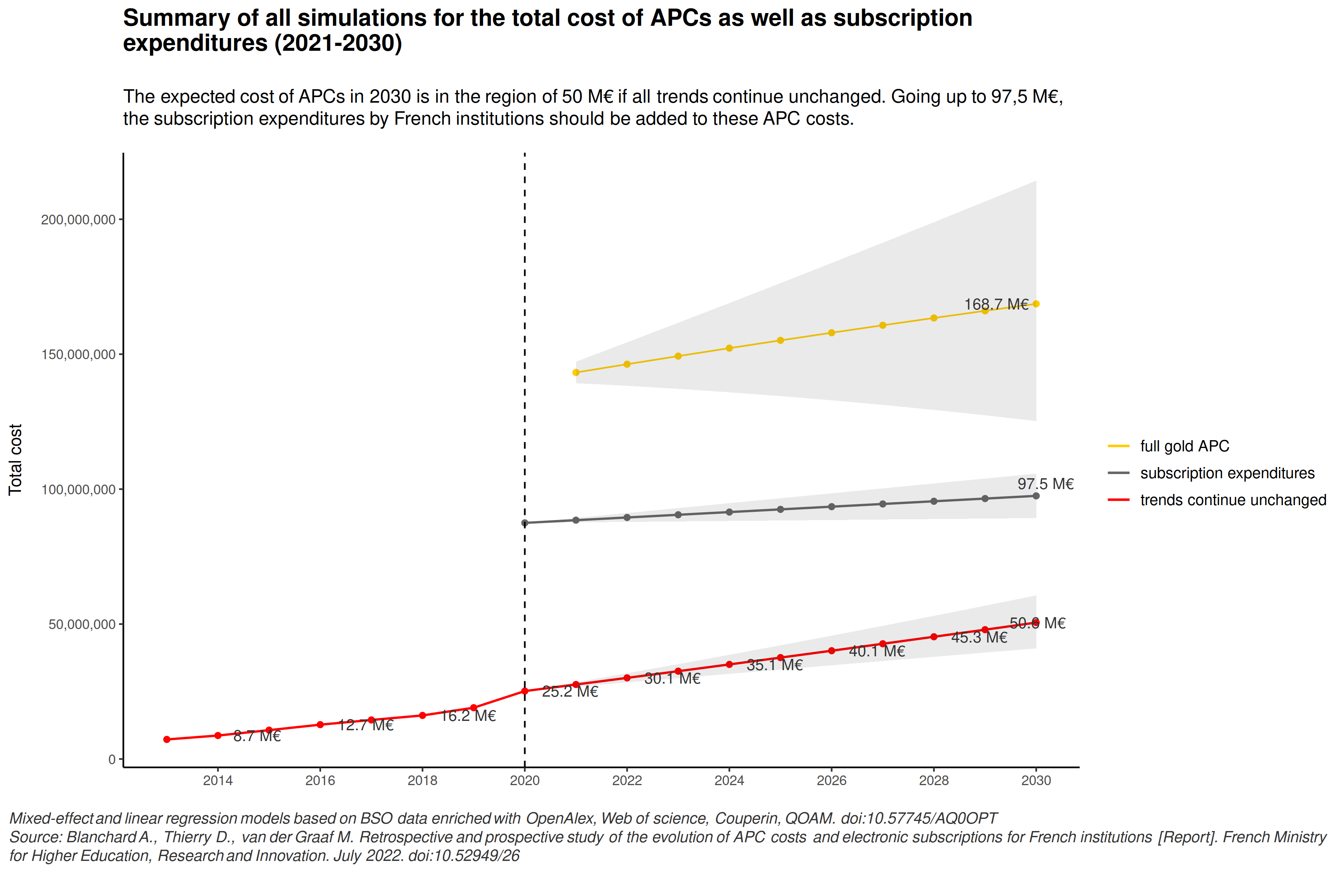De eerste Leo Waaijers Award
Op 22 oktober 2024 zal op het Open Science Festival de eerste Leo Waaijers Award worden uitgereikt. De Award is bedoeld voor een persoon of groep die in de afgelopen jaren een gedurfd, vernieuwend en/of impactvol initiatief heeft genomen op het gebied van Open Science. Dit initiatief van de UKB is bedoeld om Open Science initiatieven in het zonnetje te zetten en daardoor anderen te stimuleren en te inspireren. Deze nieuwe Award zal periodiek worden toegekend. Mocht je dit lezen en een Open Science initiatief van iemand of jezelf willen nomineren, vul dan dit nominatieformulier in vóór 1 september en stuur dat naar ukb@uu.nl. We (de jury bestaande uit Saskia Woutersen-Windhouwer, Hubert Krekels en mijzelf) maken half september een eerste selectie bekend en de winnaar wordt op het festival zelf bekend gemaakt.
In de voetsporen van Leo
Vorig jaar overleed Leo onverwachts en op zijn uitvaart bleek voor hoeveel mensen hij een inspiratiebron is geweest. Onvermoeibaar, altijd op het scherp van de snede, met gedurfde, vernieuwende voorstellen en acties. Strijdvaardig, maar altijd met humor en plezier. We hopen met deze Award dat anderen in zijn voetsporen zullen treden en zo zijn spirit en durf voort te laten leven.




